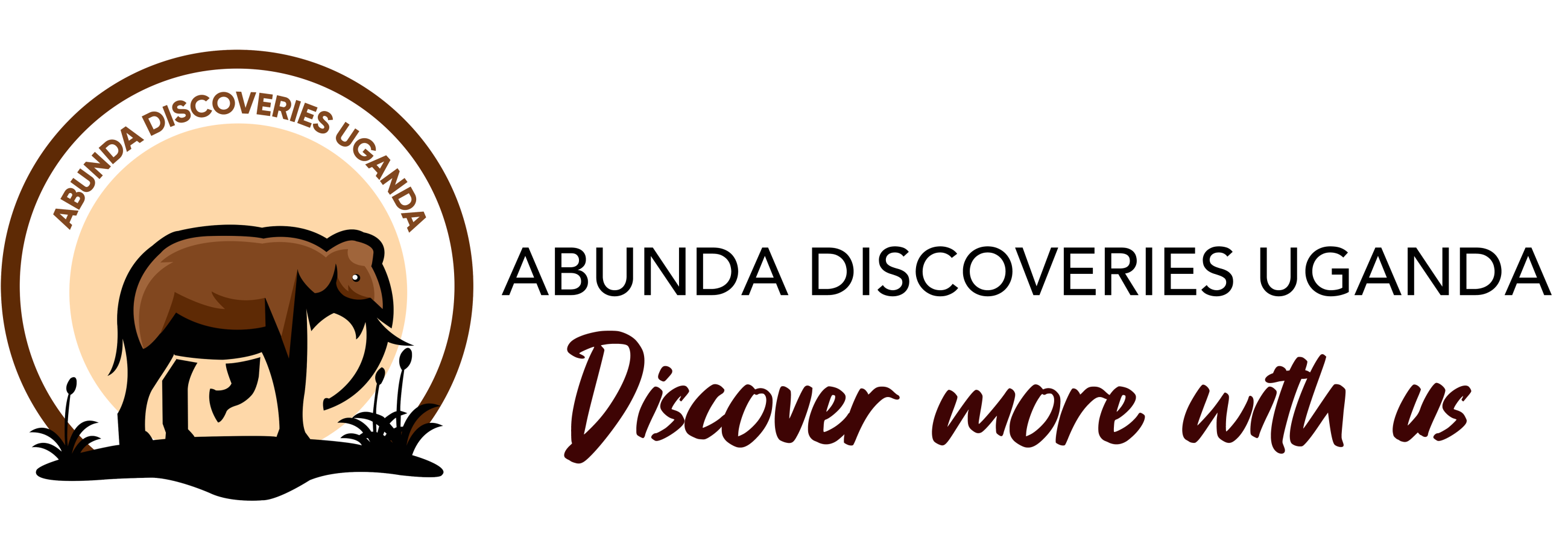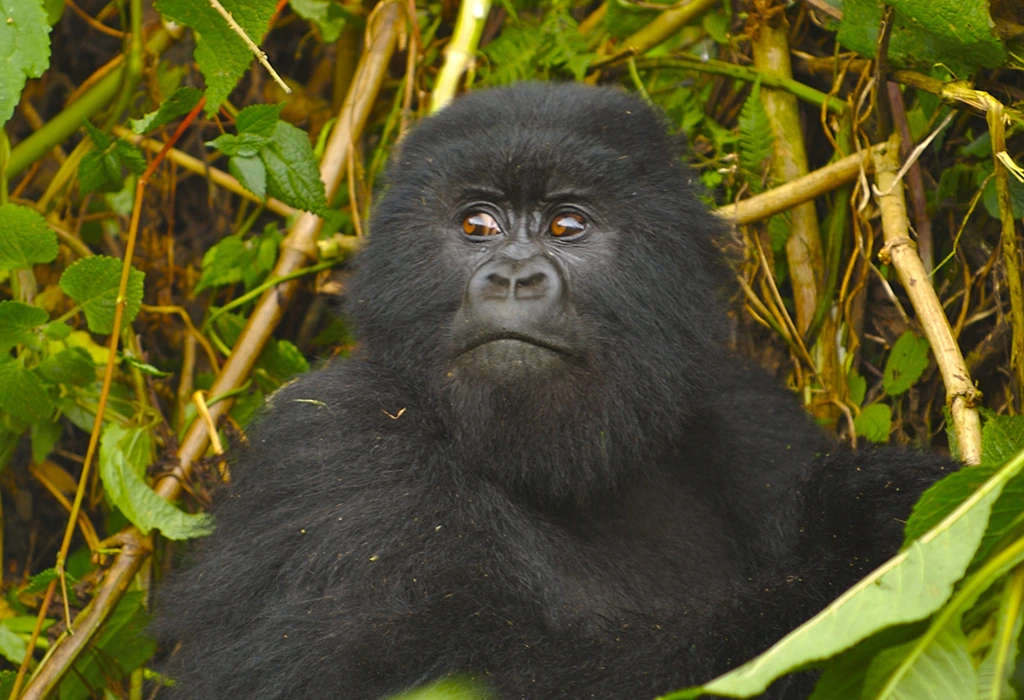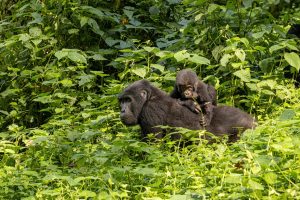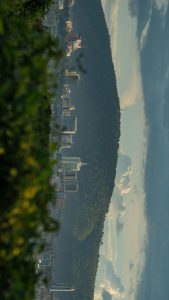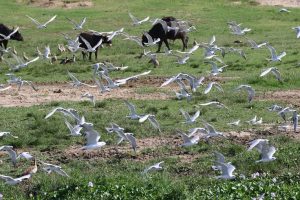Gorilla Trekking in Rwanda and Uganda
Gorilla trekking in Rwanda and Uganda stands among the most life-changing wildlife experiences the world has to offer. Deep in the heart of East Africa’s dense mountain forests, you can come face-to-face with one of the most majestic and endangered species on the planet—the mountain gorilla. With fewer than 1,100 mountain gorillas left in the wild, this incredible encounter is not only rare but also deeply emotional. These intelligent primates share over 98% of their DNA with humans, and watching them interact, play, and care for their young is both humbling and unforgettable. Trekking to see mountain gorillas is more than a tourist activity—it’s a powerful conservation tool that helps protect fragile ecosystems and uplifts local communities through eco-tourism. Whether you’re drawn by the thrill of adventure or a deep love for nature, gorilla trekking in Rwanda or Uganda belongs at the top of any bucket list.
Why Gorilla Trekking Is a Must-Do Travel Experience
The allure of gorilla trekking lies in its raw, authentic connection to the natural world. Unlike a traditional safari where you might observe wildlife from a distance, gorilla trekking plunges you into the thick of the forest, where every step could bring you closer to an awe-inspiring encounter. You’ll hike through misty jungles, led by skilled guides and trackers who spend their lives studying the habits of these elusive creatures. When you finally reach a gorilla family, you’re allowed one hour in their presence—a sacred, regulated window to witness their daily life up close. From silverbacks pounding their chests to mothers cradling infants, every moment is a revelation. It’s this profound connection to both wildlife and wilderness that makes gorilla trekking an experience of a lifetime. Not only is it physically exhilarating, but it’s also emotionally transformative.
Gorilla Trekking in Rwanda: Luxury, Access, and Volcanic Beauty
Rwanda is often the first country travelers consider for gorilla trekking, and for good reason. Trekking in Volcanoes National Park, located just a few hours’ drive from Kigali, offers unmatched convenience combined with dramatic scenery. The park is home to the Rwandan section of the Virunga Mountains, a chain of ancient volcanoes covered in emerald rainforest. Volcanoes National Park is where Dian Fossey conducted her groundbreaking research on gorilla conservation, and today, it’s one of the most protected and organized gorilla trekking destinations in Africa.
Rwanda has also positioned itself as a high-end ecotourism destination, with luxurious lodges such as Bisate Lodge and One&Only Gorilla’s Nest offering world-class accommodations in the heart of the wild. The cost of a trekking permit in Rwanda is $1,500 USD, which might seem steep, but it directly funds conservation efforts and supports local communities. Treks here are generally shorter and more manageable in terms of elevation and distance, making Rwanda ideal for travelers seeking comfort, efficiency, and exceptional hospitality.
Gorilla Trekking in Uganda: Raw Adventure and Biodiversity
Uganda offers a more rugged, adventurous gorilla trekking experience that appeals to explorers looking to get off the beaten path. The primary trekking site is Bwindi Impenetrable National Park, a UNESCO World Heritage Site known for its incredible biodiversity and dense, ancient rainforest. Trekking through Bwindi can be physically demanding due to its steep, slippery trails and dense vegetation, but it rewards visitors with a deeply immersive encounter with nature
Uganda is also home to Mgahinga Gorilla National Park, which lies in the Virunga range and offers similar terrain to Rwanda’s Volcanoes Park. One of Uganda’s biggest advantages is cost—permits are $700 USD, significantly more affordable than Rwanda’s. Despite the lower price, Uganda provides a rich and authentic gorilla trekking experience. In Bwindi, you can also opt for the Gorilla Habituation Experience, which allows you to spend up to four hours with a semi-habituated gorilla family—a rare and deeper interaction not offered in Rwanda.
Permit Costs, Availability, and Booking Tips
Permits for gorilla trekking are limited and should be booked well in advance—ideally six months before your travel date. In Rwanda, permits can be purchased through the Rwanda Development Board, while in Uganda, they’re issued by the Uganda Wildlife Authority. Many travelers choose to book through reputable tour operators who handle logistics, permits, lodging, and transfers. Due to the high demand and strict regulation, daily trekking groups are small—usually no more than eight people per gorilla family. This ensures a minimal impact on the gorillas and a more personal experience for each trekker. It’s also worth noting that both countries offer discounted permits during low seasons and for East African residents or citizens. When budgeting your trip, remember to account not only for the permit but also for guide fees, porters (highly recommended), accommodation, and transportation.
What to Expect on Trekking Day
Your gorilla trekking experience begins early in the morning with a comprehensive briefing at the park headquarters. First, knowledgeable guides outline the safety protocols, conservation rules, and what to expect during the trek. Then, they assign trekking groups based on fitness levels and individual preferences, ensuring that everyone is matched appropriately for the terrain ahead. From there, the real adventure begins. Depending on the location of the gorilla family—which expert trackers monitor in real time—your trek may last anywhere from one to six hours.
As you venture deeper into the forest, be prepared for a true jungle expedition. You’ll navigate through thick vegetation, cross muddy trails and streams, and ascend steep, uneven terrain. Although the hike can be physically demanding, the reward is beyond compare. Once you finally encounter the gorilla family, the fatigue vanishes instantly. For a magical hour, you’ll stand just meters away from these gentle giants, observing their natural behavior in silence and awe. Importantly, strict no-contact rules remain in place to protect the health of both gorillas and visitors.
During this unforgettable hour, you’re welcome to take non-flash photos, ask questions, and quietly witness the powerful social dynamics within the group. Whether it’s a silverback’s imposing presence or a playful infant tugging at leaves, each moment feels sacred. Finally, after your descent back to the base, many parks provide a gorilla trekking certificate a meaningful token of one of the most memorable wildlife encounters on earth
Essential Gear and Packing Tips
To fully enjoy your trek, preparation is key. Wear waterproof hiking boots with good ankle support, as the terrain is often muddy and slippery. Dress in long-sleeved shirts and long pants to protect against nettles and insects. Lightweight gloves can help you grab onto vegetation without injury. Pack a lightweight rain jacket or poncho, as showers can occur even in the dry season. A small backpack should carry essentials like water, snacks, sunscreen, insect repellent, and a camera (flash is not allowed). Porters are available at a small fee and can carry your gear while assisting you on tough stretches. Supporting a porter is not only helpful—it also supports local livelihoods.
Key Differences Between Rwanda and Uganda
| Feature | Rwanda | Uganda |
| Main Park | Volcanoes National Park | Bwindi & Mgahinga National Parks |
| Permit Cost | $1,500 USD | $800 USD |
| Trek Duration | Shorter, easier treks | Longer, more challenging treks |
| Accessibility | Close to airport (2–3 hours) | Longer travel (8–10 hours) |
| Tourism Style | Luxury-focused | Adventure and mid-range |
| Scenery | Volcanic mountains | Thick rainforest and valleys |
Rwanda or Uganda?
Both Rwanda and Uganda offer extraordinary gorilla trekking experiences, and choosing between them depends on your preferences. If you’re looking for a shorter, more luxurious trip with minimal travel time, Rwanda is the ideal choice. The country’s compact size, excellent roads, and high-end lodges make it perfect for a quick yet immersive safari. On the other hand, if you’re drawn to rugged adventure, cultural richness, and more affordable options, Uganda provides a raw and equally moving experience. Some travelers even choose to visit both countries, combining gorilla trekking with other regional highlights like chimpanzee trekking in Kibale Forest or golden monkey tracking in the Virunga range.
Start Planning Your Gorilla Trekking Journey Today
Gorilla trekking in Rwanda or Uganda is more than a travel experience—it’s a personal pilgrimage into the heart of Africa’s wild soul. It connects you with nature in its purest form and supports critical conservation efforts that ensure future generations will also get to marvel at these incredible creatures. Whether you walk among the volcanic peaks of Rwanda or navigate the tangled beauty of Uganda’s impenetrable forest, you’re not just a tourist—you’re a part of something bigger.
